The Invisible Backbone: 5 Unsung Innovations Keeping Wind and Solar energy Alive
Renewable energies
22/08/2025
10 Technologies to Electrify the Future
Digital disruptions transforming the electrification industry
Innovations for Buildings' Revolution
Innovations for Electrical Grids
Innovations for Electrical Transmission
Innovations in Accessories and Solutions
Spotlight on Superconductivity
Access all series
Top article
Electrification of tomorrow
05/09/2025
Grid reliability starts with the workforce. Find out how human-centric design and immersive digital tools are helping utilities boost safety, precision, and efficiency in the field.

Article
Serie : Innovations in Accessories and Solutions

Renewable energies
22/08/2025
Article
Serie : Innovations in Accessories and Solutions
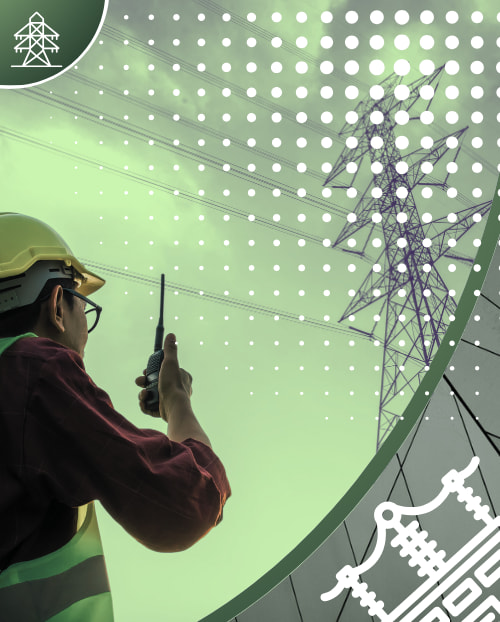
Electrification of tomorrow
25/07/2025
Infography

Digital transformation
03/07/2025
Article
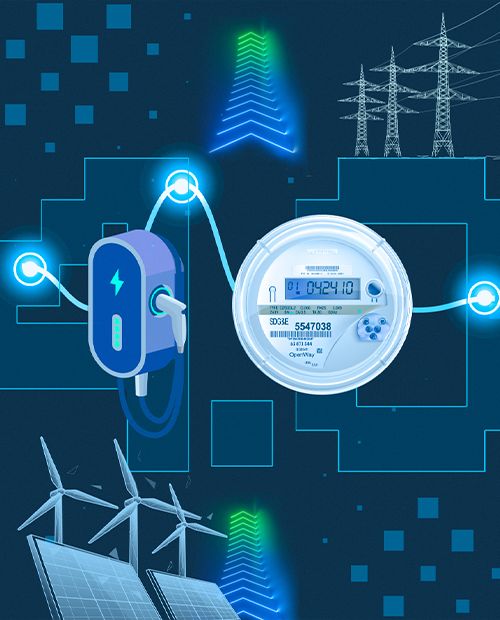
Electrification of tomorrow
16/07/2024
Infography
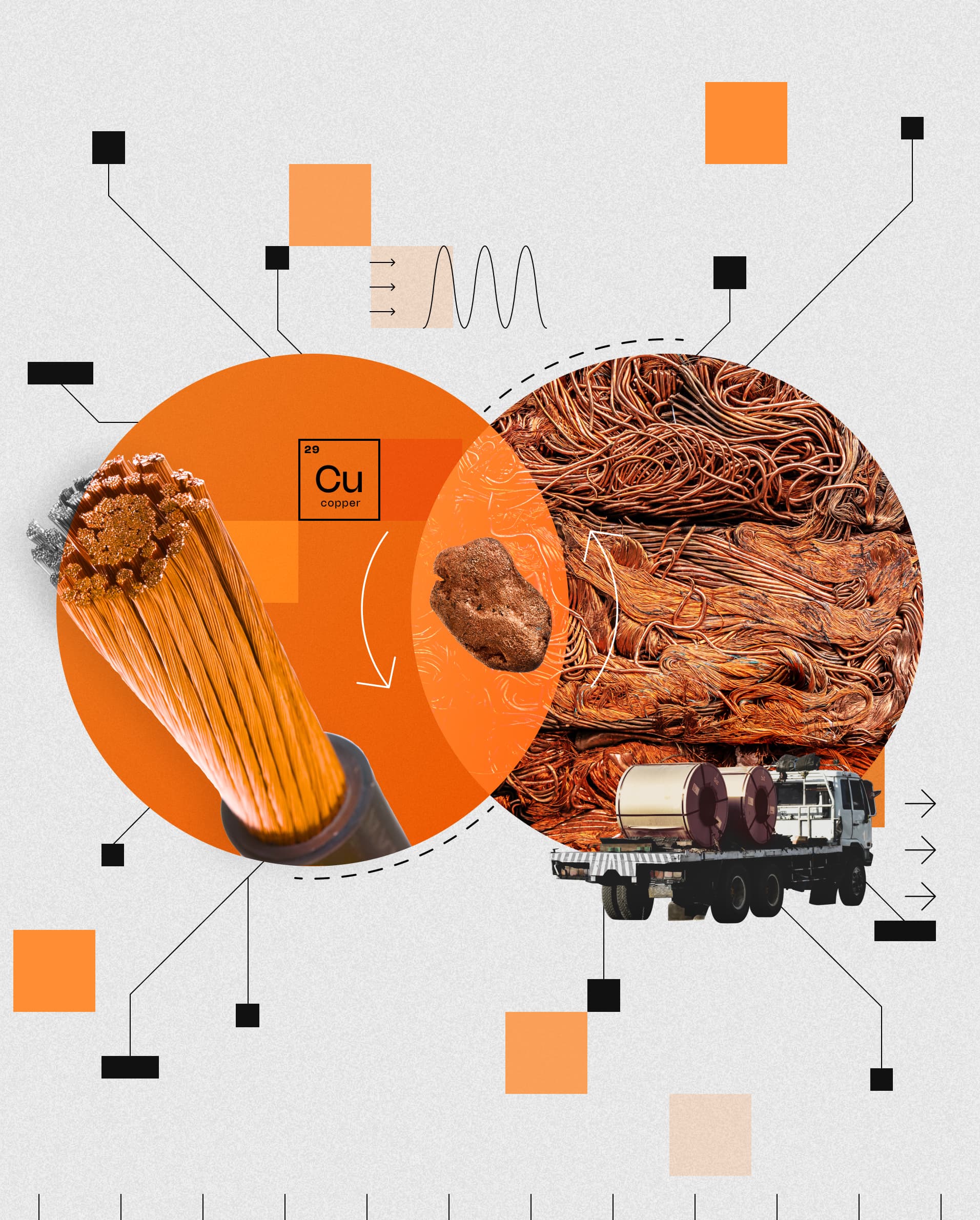
Circular economy
04/09/2024
Article
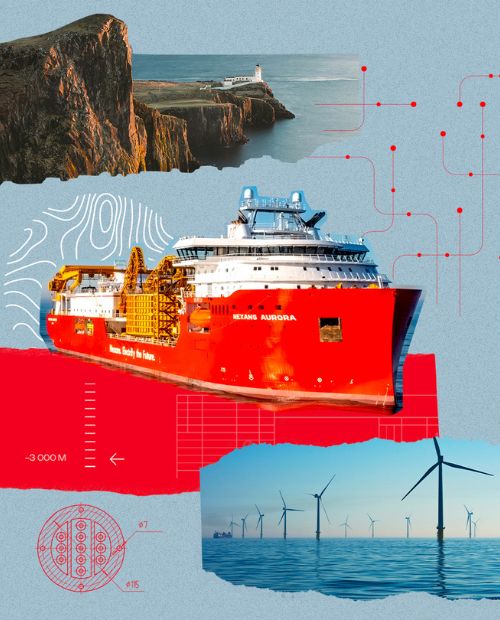
Renewable energies
10/06/2024
Article
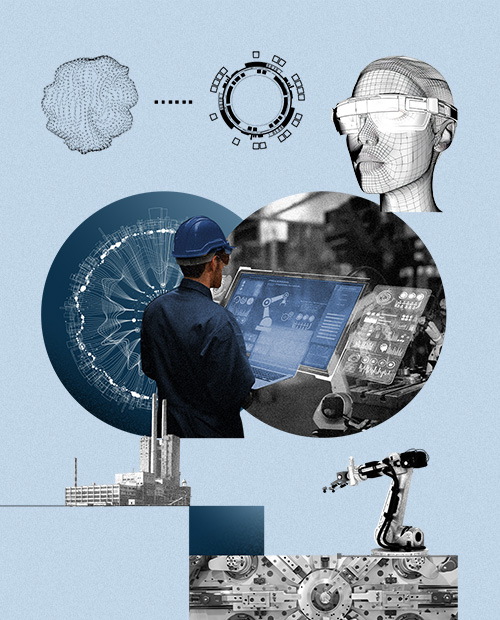
Circular economy
08/11/2023
Article

Circular economy
23/10/2024
Article
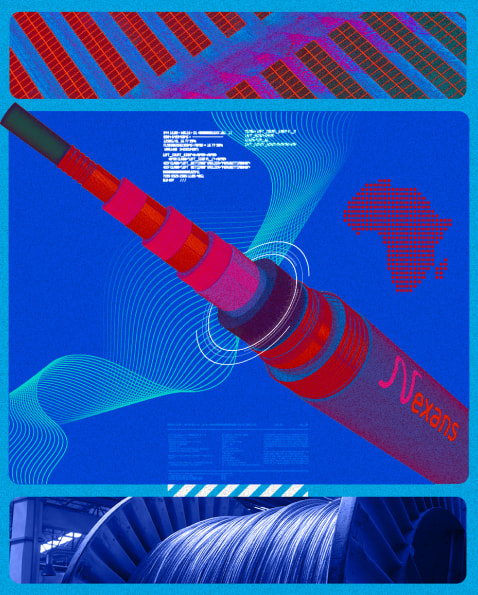
Digital transformation
31/10/2024

Perspectives presents our innovation series, exploring major energy challenges and showcasing how Nexans innovates every day.
See all series